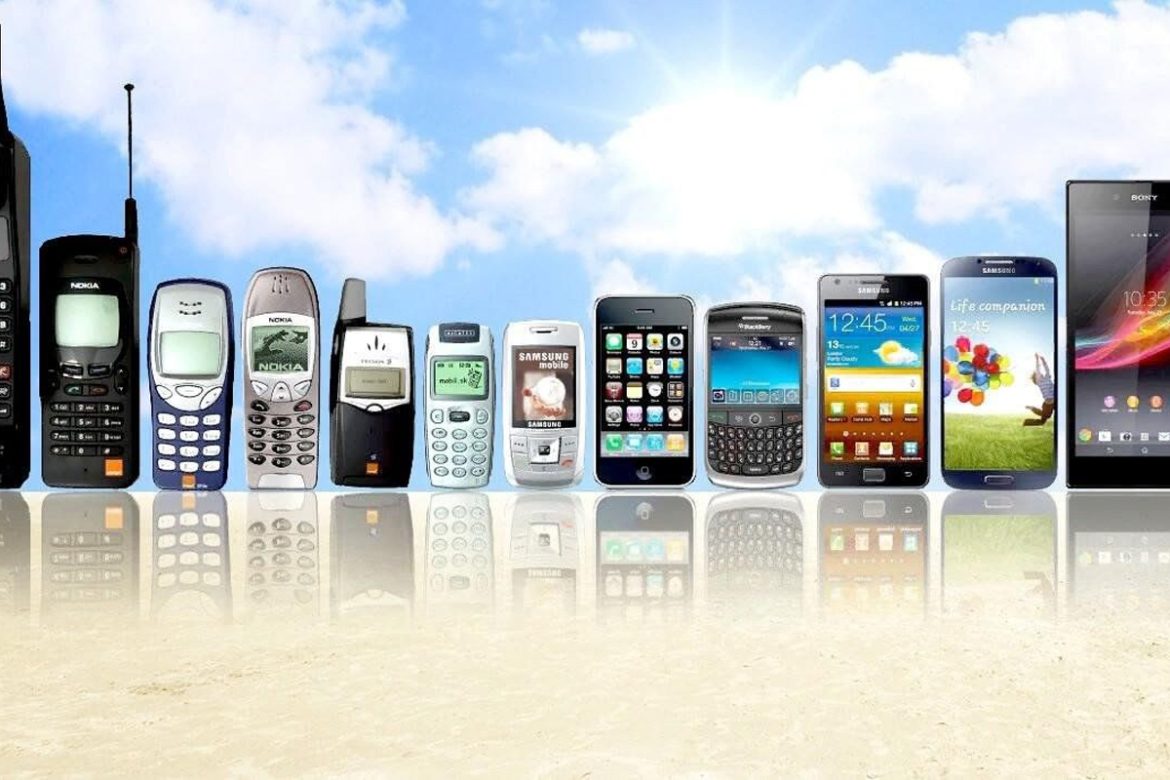Mobile phones have transformed from simple communication devices to powerful, multi-functional gadgets that shape our daily lives. The journey from bulky “brick” phones of the 1980s to the sleek, powerful smartphones of today is a fascinating tale of technological progress, innovation, and changing human habits. This article explores the history of mobile phones and the impact they continue to have on society.
Advertisement
The Birth of the Mobile Phone: The 1970s and 1980s
The concept of a portable phone was revolutionary in the 1970s, a time when telecommunication was dominated by landline phones. Dr. Martin Cooper, an engineer at Motorola, is widely credited with inventing the first handheld mobile phone. In 1973, he made the first mobile call in history, reaching out to a competitor while standing on a street in New York City. The prototype he used, known as the Motorola DynaTAC, was bulky, weighing over a kilogram, and had a battery life of only about 20 minutes.
The Motorola DynaTAC 8000X became the first commercially available mobile phone in 1983. It was large, heavy, and very expensive (about $4,000), making it a luxury item. These early mobile phones were primarily used by business executives and the wealthy, who saw the potential of having a portable device for communication.
The Rise of Cellular Networks: 1990s
The 1990s marked a major turning point for mobile phones, with the development of cellular networks, or “cell towers.” These networks allowed phones to connect to nearby towers, enabling users to move between cells without losing connection. This technological shift made mobile phones more accessible to a wider audience and increased the potential of mobile communication.
In the early 1990s, mobile phones became significantly smaller, more affordable, and offered longer battery life. Nokia and Ericsson, two European companies, emerged as leaders in the mobile phone industry. Nokia’s popular model, the Nokia 3310, introduced in 2000, became iconic for its durability and simplicity. Known for its long battery life and sturdy design, the Nokia 3310 is still fondly remembered today.
During this period, texting, or SMS (Short Message Service), also became popular. The ability to send brief written messages was a groundbreaking addition to mobile phones and soon became a key feature for social communication.
